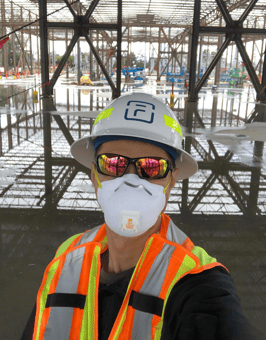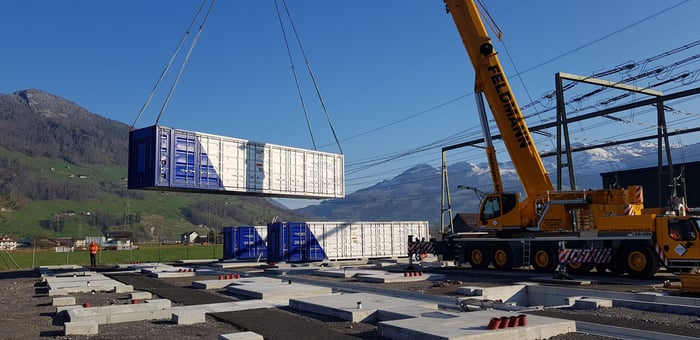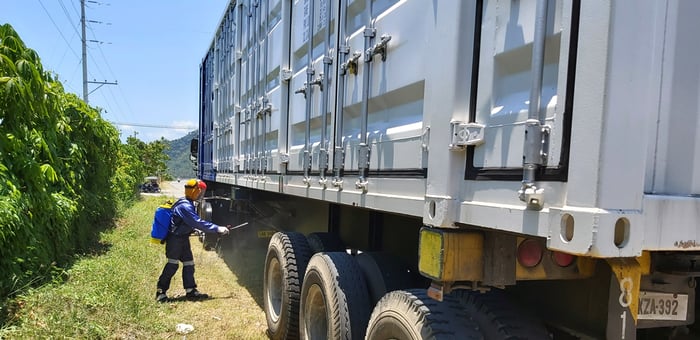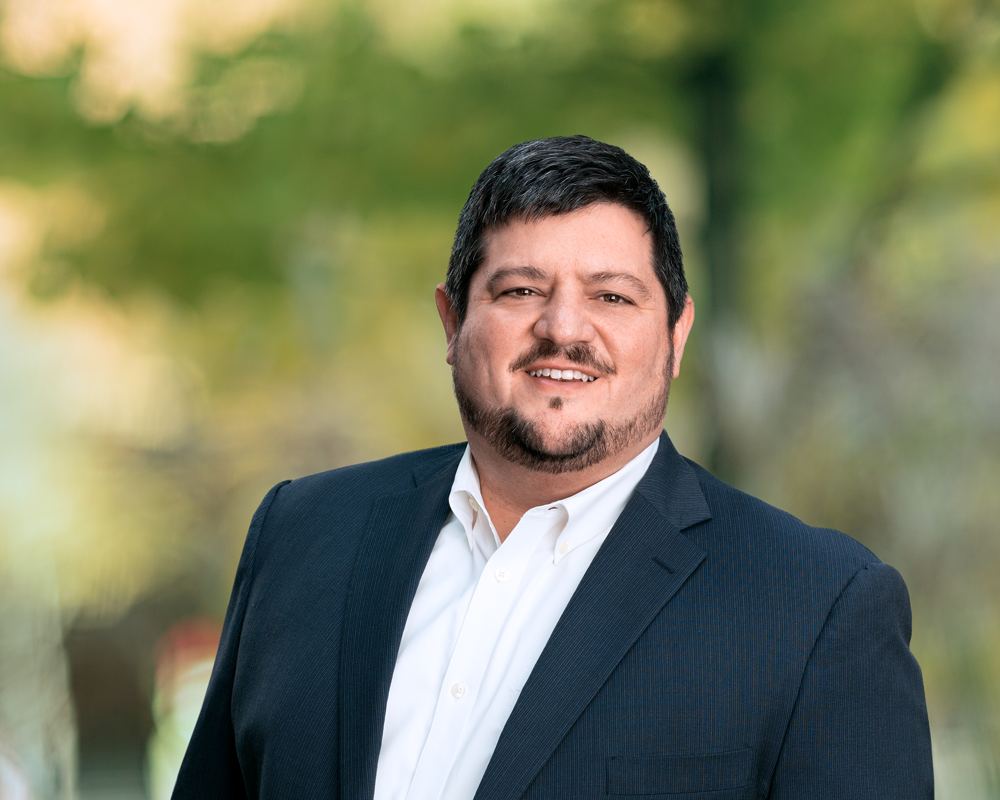Electricity is fundamental—it is an essential input for healthcare, education, and productivity—and literally powers our economies. Electricity is considered vital to national security and economic stability in every country. Having worked in the electric power industry for more than 20 years, I can tell you that none of us takes this responsibility lightly. The industry plans for adversity, whether it’s massive wildfires, cyber-attacks, or weather-related grid outages, and we have always understood that threats are an inevitable part of the cost of doing business. Yet we are currently in a unique situation, fighting a threat that is wreaking havoc on our lives and livelihoods without a predictable endgame in sight. Our thoughts are with everyone who is suffering physically or economically during this difficult time.
Despite this novel threat and the destruction it has left in its wake, our determination to create a more resilient and secure global energy infrastructure has not wavered.
In fact, if anything, the pandemic has reinforced that determination by illustrating the need for greater electrical system stability, lower costs, and a full-fledged plan to tackle long-term threats like climate change. What is a very bleak situation for many people and businesses has become for us the ultimate challenge not to waver, but to forge ahead and deliver on the promise of technologies that will help ensure that the fundamental right to stable electricity is met, that low-cost energy is available to everyone, and ultimately, that we transform the world to a cleaner, greener and more resilient future.
How do we continue to drive energy transformation during a pandemic?
Below are three steps I believe will help us successfully achieve our goals.
Step 1: Put Safety at the Core
Safety is necessarily a core principle for all energy companies. Yet not all companies and employees adhere to their own policies, both on job sites and in their daily lives. At Fluence, safety has never just been a set of written protocols. It’s a business principle and a core part of our culture that everyone in the company lives day to day— whether on site at a construction project, remote in their home office, or even when going about their daily lives.
When you think about it, safety actually comes down to respect and responsibility – respect for ourselves, our co-workers, our partners and suppliers, and their families and communities, and being fully responsible for our interactions with them. It means that wherever we are and whatever the level of interaction, we care enough about the people we encounter to ensure their well-being by working within all established health and safety guidelines.
In addition to safety protocols related to our energy storage technologies, we have expanded personal and site hygiene protocols as part our response to the coronavirus pandemic to ensure the safety of front-line workers installing this critical infrastructure. We’re seeing success at industrial sites throughout the world where social distancing practices, increased use of Personal Protective Equipment (PPE) (and no sharing of PPE between workers), daily temperature testing and screening for exposure risk, and extensive use of hygienic disinfectants are all playing a role in keeping everyone onsite safe and healthy. All construction teams are working in small groups and maintaining proper distancing to prevent the spread of the disease. And, throughout the rest of our business, we enacted home-based work even ahead of local policies in order to protect our team and slow the spread of the disease. This is supported by extensive use of video teleconferencing, personal communications tools, and cloud-based shared tools.

Fluence Project Manager onsite at 100 MW project in the US
By keeping safety first, we join many other organizations in setting an example of how to continue work through the pandemic while taking active steps to ensure that workers remain safe to deliver energy projects around the world.
Step 2: Remain Agile
Transforming the way we power the world is not for the faint at heart, and the ability to adapt to new situations, technologies, regulations, and market players has been critical to our success. It is no mistake that Agility is one of Fluence’s four core values.
Over the past month, we’ve seen this play out daily in the 70 energy storage technology systems we are installing in 13 countries globally. These represent diverse and critical projects that are still moving forward as we work shoulder-to-shoulder with key customers to deliver on commitments that never contemplated a global shutdown. New strategies and tactics for getting onsite work finished are being implemented to ensure that work is completed in the safest and most timely manner.

Crane operations at 20 MW project site in Europe
Fluence teams have had to become even nimbler in adapting to change and finding solutions to mitigate supply chain issues. Nearly every day, our workers and partners around the world are adapting to new infrastructure curtailments and government directives. For instance, one installation required the disinfection of all equipment and delivery trucks as they left the port and before entering an active site.

Disinfecting containers before they head into an active project site in Southeast Asia
It is critical that companies maintain flexibility and optionality whenever possible. Unlike vertically integrated companies that try to control every part of the supply chain, Fluence has continued to use an open technology architecture and maintain relationships with a network of highly trusted component suppliers for key pieces of our energy storage technology. This partnering approach helps reduce the risk of relying on a single company or country. This has been tremendously valuable as the coronavirus hit different parts of the world and supply chain at different times. While not all supply chain issues can be completely mitigated (e.g., when a transformer gets stuck at a port that has been closed down), we have found that many issues can be solved with enough flexibility, sufficient time in the project schedule, and an open dialogue with our trusted partners.
These types of scenarios are quickly becoming the new norms of doing business, yet as a company we thrive on being adaptive and continuously improving despite such setbacks. For example, we continue to develop new solutions and capabilities that will allow us to reduce the time needed on site to deploy, commission, and service projects in the future.
Step 3: Build the Infrastructure that Will Power the Next 100 Years
The onslaught of this global pandemic has forced businesses in every industry to pause, re-evaluate priorities, and determine how we will emerge from this crisis. I firmly believe that we have the ability, the technology, and the will to transform the entire energy sector, which will help create economic opportunities and a more sustainable energy ecosystem.
This pandemic can serve as a call to action, a reminder that we can’t rely on outdated and unstable modalities of electricity that, if left unchanged, will inevitably fail to deliver the promises of lower emissions, lower costs, and greater stability. We have a tremendous opportunity to work with the energy sector and governments around the world to leverage the science and data that is already available and forge a new energy infrastructure based on the latest clean technologies that are safer, more secure, and able to withstand future crises.
The power grid that we all grew up with started well over 100 years ago; we are at an inflection point in grid modernization that will revolutionize how we harness and access power for the next 100 years. At Fluence, we not only take this opportunity seriously, we’re also 100% committed to deploying energy storage as a central linchpin of the electrical grid framework. A smarter, more flexible grid will create greater electricity resilience and stability during near-term crises, lower the costs of electricity for all, fuel our economies, and drive energy solutions that reduce emissions to steward our scarce resources and preserve our environment.
For more information, read Fluence's response to the ongoing COVID-19 pandemic.
















